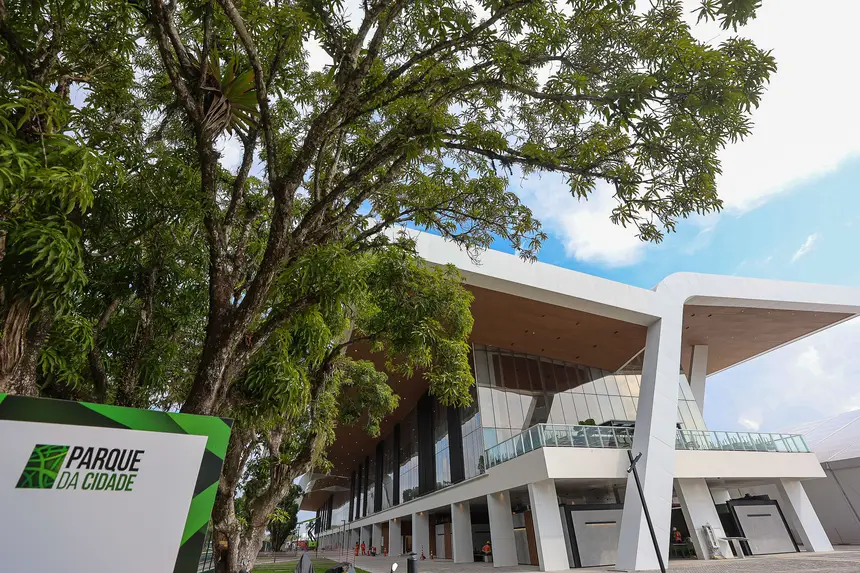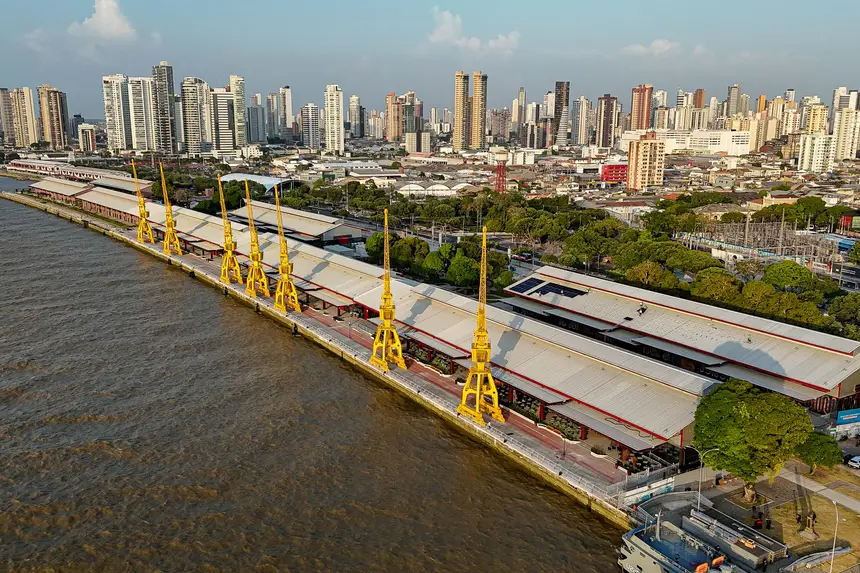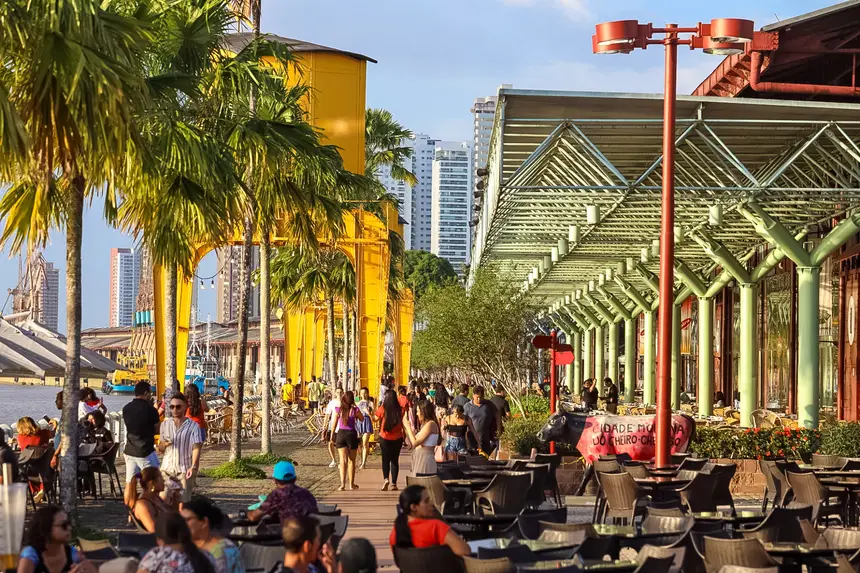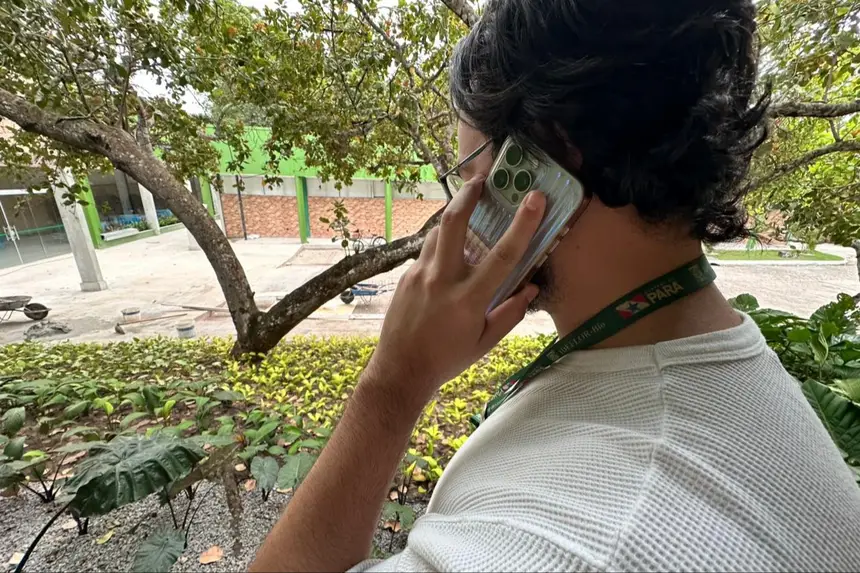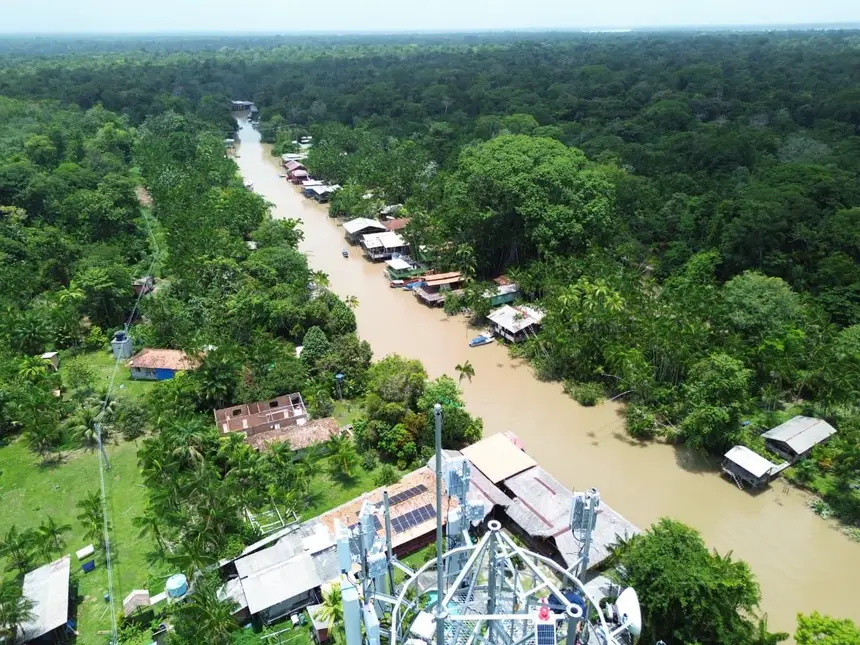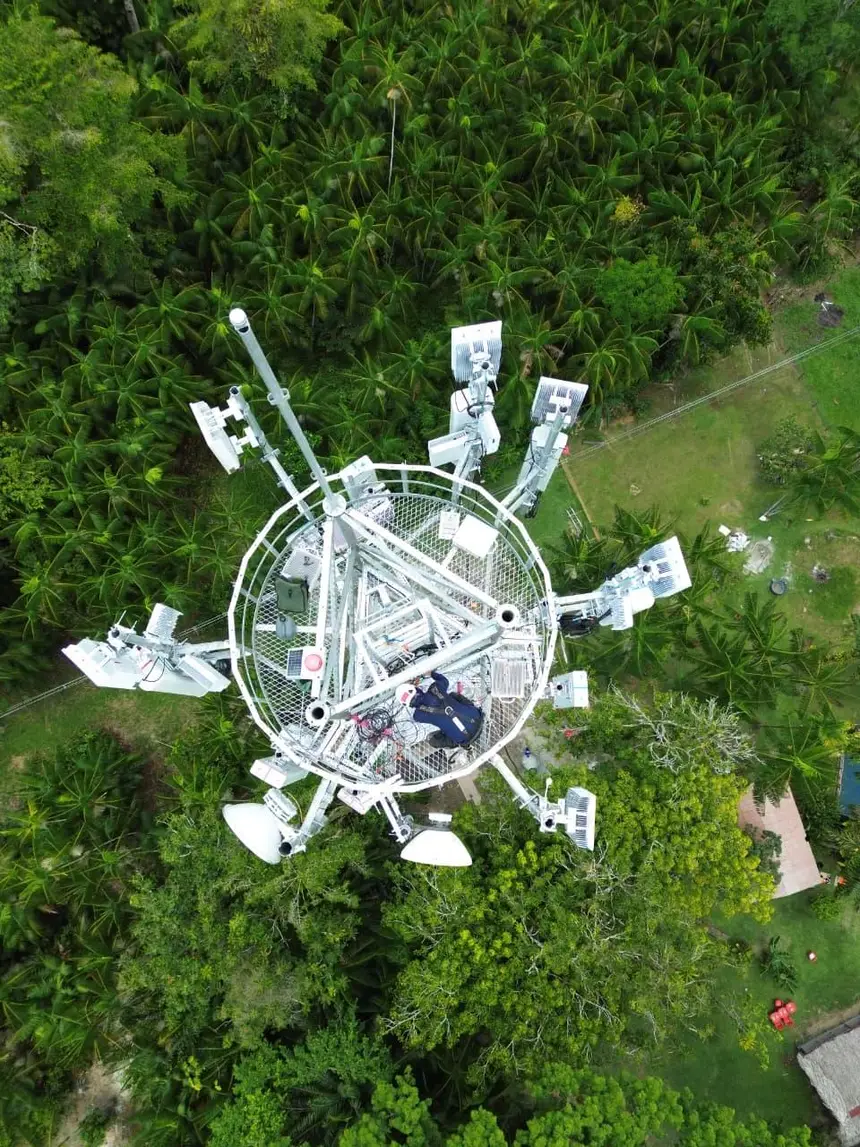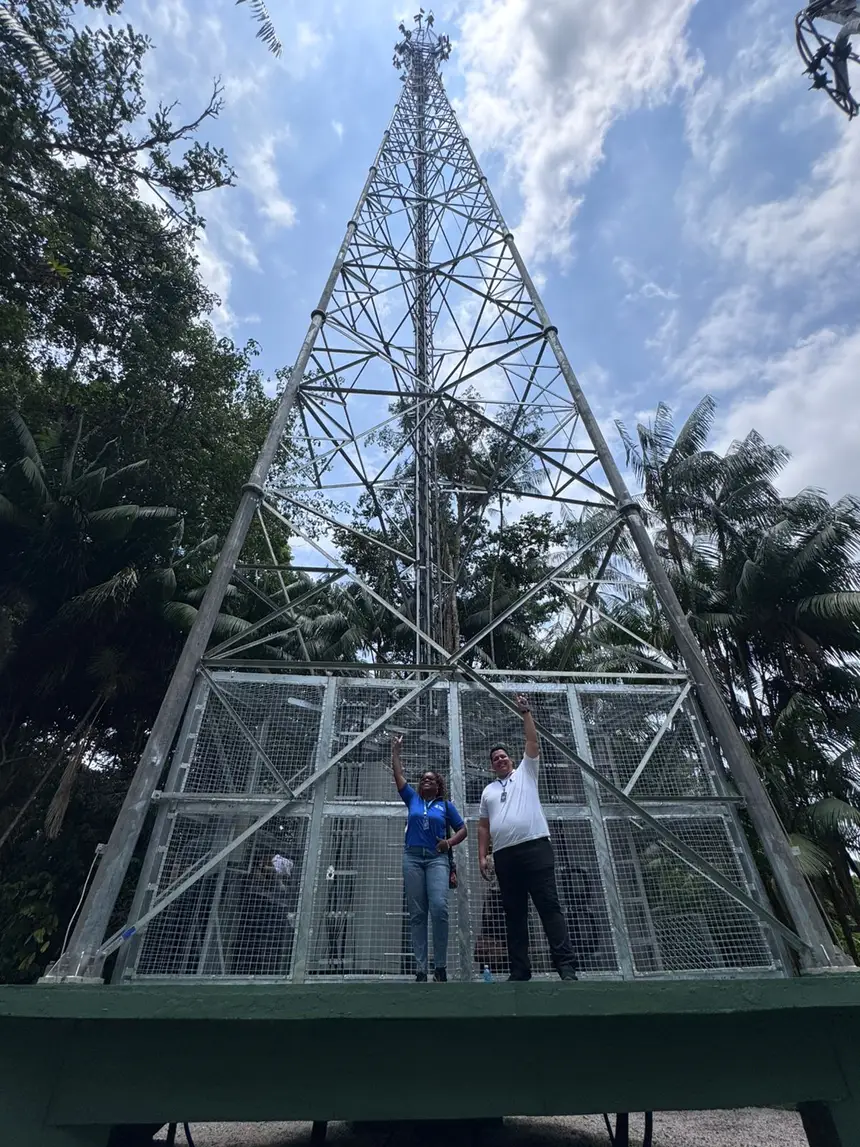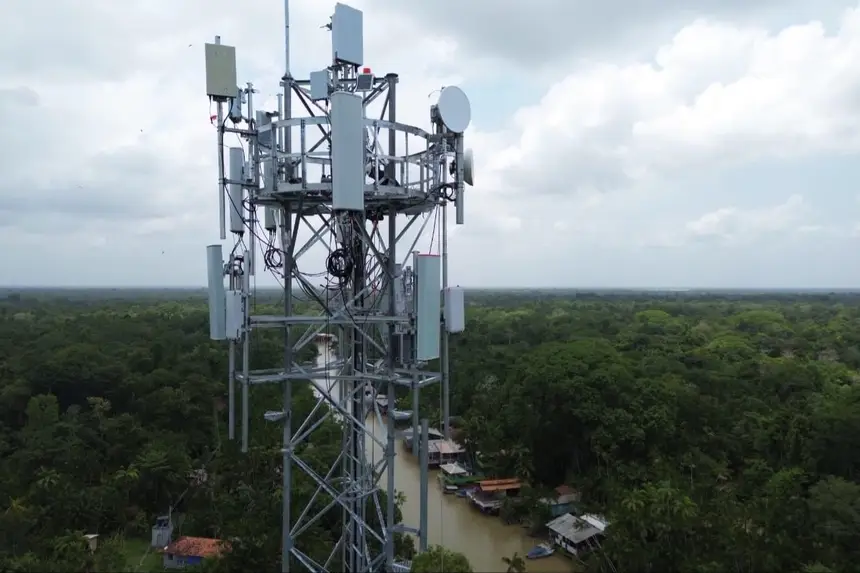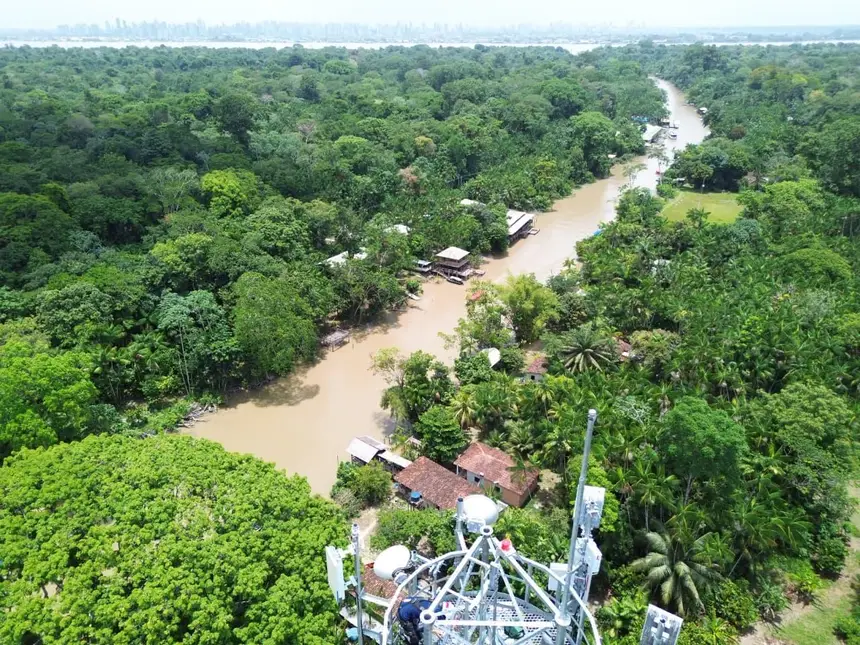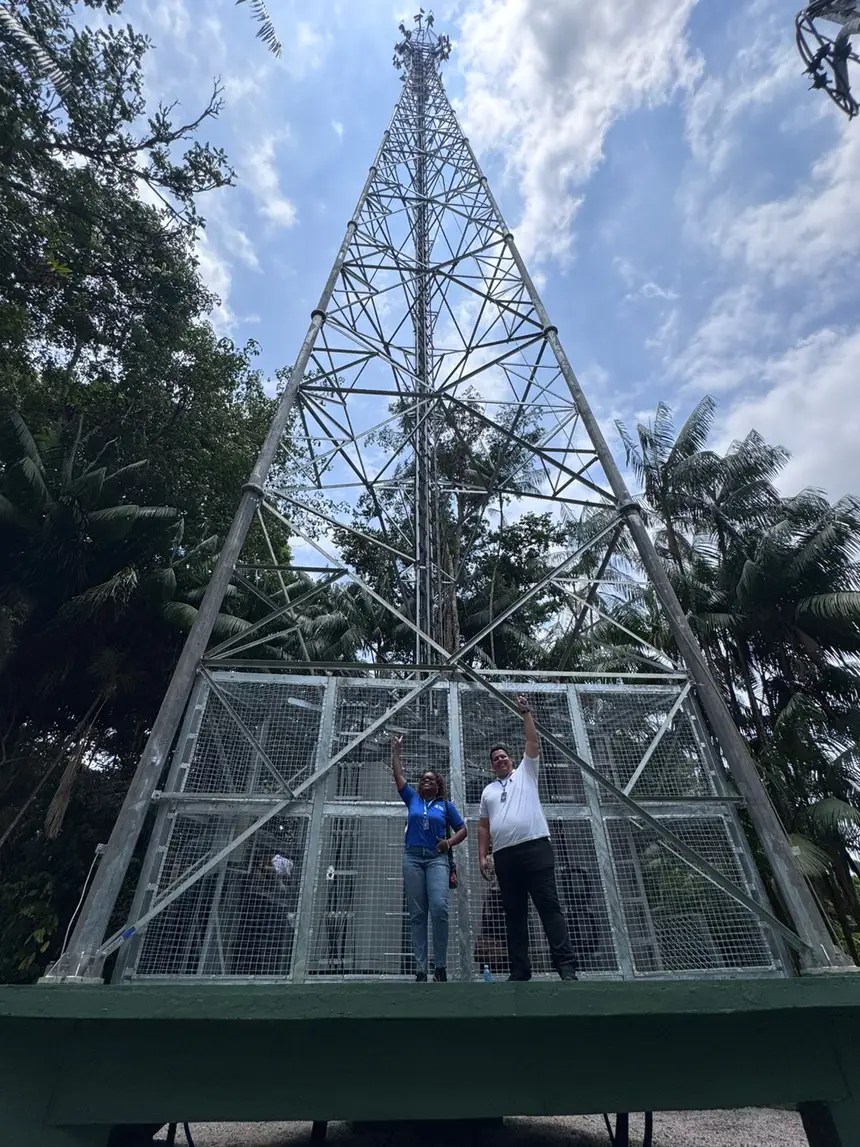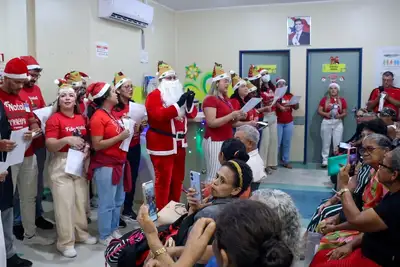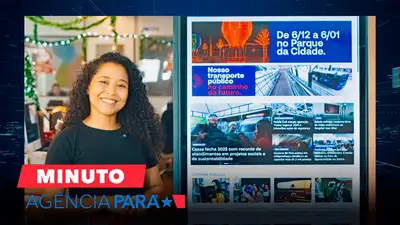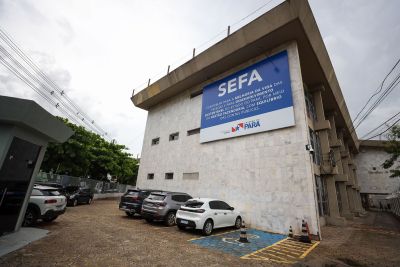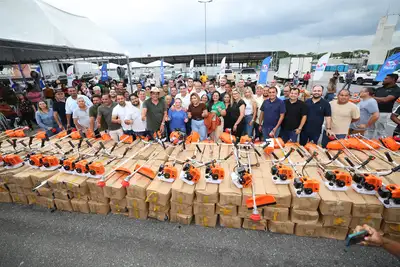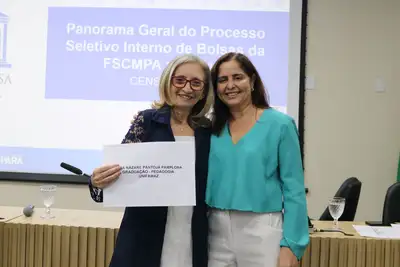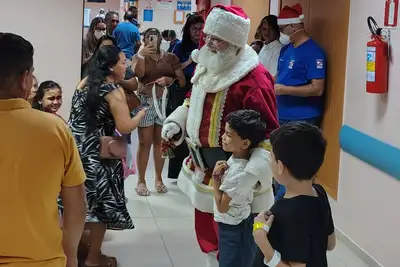Belém gains 40 new antenna points and expands connectivity for COP30
Modernized digital infrastructure will ensure high-performance internet during the conference and leave a technological legacy for Pará
The Government of Pará, through the State of Pará Information and Communication Technology Company (Prodepa), in partnership with the Federal Government, is finalizing the expansion of Belém's digital infrastructure to ensure high-performance connectivity in the city, especially during the 30th United Nations Conference on Climate Change (COP30). As one of the technological legacies of COP30, the capital of Pará gains 40 new 4G and 5G antenna points — all already installed, with 24 in operation and 16 in the final phase of deployment.
The state data network will offer public and free Wi-Fi in various locations throughout the city indicated by the COP30 Organizing Committee. This initiative is part of the capital's digital modernization plan and reinforces the Government of Pará's commitment to ensuring a more connected Belém, prepared to host one of the largest environmental events on the planet, expanding the population's access to quality internet.
“These are strategic actions that will ensure high-performance connectivity during COP30 and leave a legacy of modern and lasting technological infrastructure for the people of Pará,” highlights Jonatas Gomes, manager of the Citizenship Projects Division at Prodepa.
The expansions cover locations of great relevance for the event and for the population, such as the City Park, Porto Futuro, the Olympic Stadium Complex of Pará, the COP Village, the Airport, the Estação das Docas, and the port areas of Outeiro. The work is the result of a partnership with the telecommunications operators TIM, Vivo, and Claro, which are working together to expand mobile coverage and ensure high-speed connectivity.
Expansion of the 5G network in public areas
The mobile telecommunications operators, supervised by the National Telecommunications Agency (Anatel), are directly responsible for 5G services, and Prodepa plays a fundamental role in providing technical and institutional support for expansion projects in areas of the State Government, acting as a focal point for receiving projects and licensing. “All stations installed with biosites and cell poles [that receive the antennas] will remain as a legacy for the city after COP30, as well as the recent installation of the 5G tower on Combu Island,” emphasizes Jonatas Gomes.
An example is the parking lot of the Olympic Stadium of Pará (Mangueirão), which hosts shows and large celebrations with audiences exceeding 100,000 people. The new equipment has been designed to ensure stable and high-capacity connectivity, benefiting both those who frequent the space and the surrounding residents.
“Considering the average of 40,000 inhabitants per neighborhood in Belém, the estimate is that more than 500,000 people will be reached with the increase in 5G coverage density,” adds the Prodepa manager.
Modernization of the state's telecommunications network
Prodepa has also modernized its telecommunications network, with the hiring of two 100 Gbps internet links and the upgrade of high-performance routers and switches in the state datacenter. The Points of Presence (POP’s) in key areas of COP30 — such as the City Park, Mangueirão, Civil House, Porto Futuro, Estação das Docas, and the CDP of Outeiro — are already operating with a capacity of 100 Gbps.
One of the main technological legacies for Belém will be the implementation of high-density public Wi-Fi networks, based on the Wi-Fi 6 standard, which will offer free and quality internet in indoor and outdoor locations.
Digital inclusion and connectivity in the interior
In addition to the capital, the Government of Pará, through Prodepa, has been expanding connectivity throughout the Pará territory. Currently, 100 of the 144 municipalities in the state (69.4%) are already connected to the State Data Telecommunications Network. The expansion to remote and riverside areas is made possible by optical infoways projects (fiber cables that interconnect municipalities), metropolitan networks (last mile within municipalities), and hotzones (open Wi-Fi networks) in squares, waterfronts, and public spaces.
“The company has been strengthening its infrastructure and expanding partnerships with programs such as Norte Conectado, promoting digital and social inclusion throughout Pará,” concludes Jonatas Gomes.


